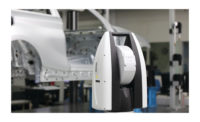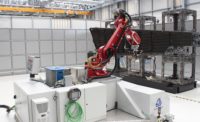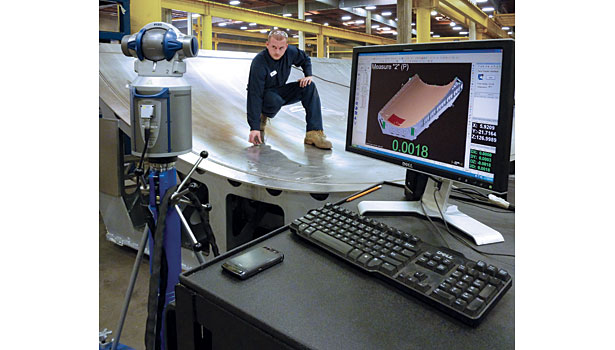Measurement
Practical Metrology: Laser Trackers
Laser trackers are a portable, proven device for collecting accurate coordinate data.

Once the SMR is removed from the home position the Tracker will focus on the center of the SMR calculating xyz position in real time. Source: Verisurf

Coast Composites has adopted Laser Trackers for their portability, speed and accuracy over very long distances. Source: Versiurf

CAD model. The original CAD data was imported to Verisurf Software for analysis. Using Verisurf Measure the as-built stock surface was 3-D scanned to create a point cloud of the as-built stock surface. Source: Verisurf

CAD model. The original CAD data was imported to Verisurf Software for analysis. Using Verisurf Measure the as-built stock surface was 3-D scanned to create a point cloud of the as-built stock surface. Source: Verisurf




Laser Tracker Basics
User-Based Innovation
Laser Trackers in Action
SpaceX, Falcon 9 Assembly
Reverse Engineering for Best Fit
|
TECH TIPS
|
Looking for a reprint of this article?
From high-res PDFs to custom plaques, order your copy today!









